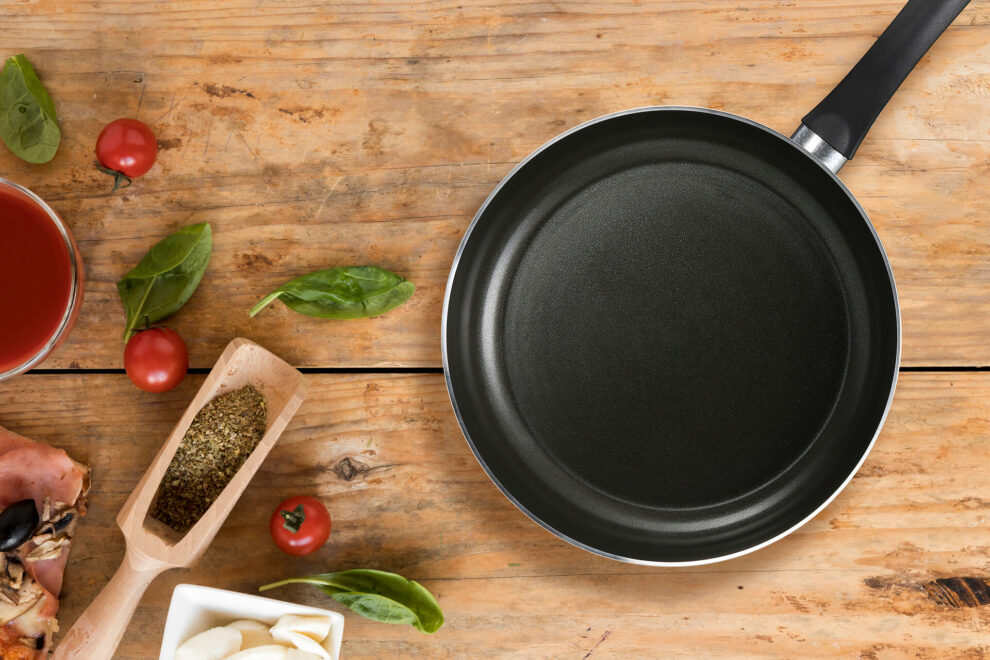
Cookware regulations exist to create a baseline quality measurement in the market . Consumers know when they buy a product that is compliant with European regulations or American standards, they are getting quality pots and pans that have been thoroughly tested for domestic use. These standards are helpful, but not identical, on either side of the Atlantic.
Are you developing a new cookware products?
Read our whitepaper about the main cookware safety standards you need to know
EUROPEAN REGULATIONS FOR COOKWARE PRODUCTS
The European regulation EN12983:1 set out the safety and performance standards of domestic cookware for use on top of a stove, cooker or hob . Here a summary of most crucial tests regarding handles for cookware in this EU standards:
- Resistance to Burning: this test is performed to ensure that if a cookware handle is accidentally exposed to a direct flame source, it won’t melt, lose pieces and put the user or the surface at risk of burns or surface damage.
- Heat Resistance Test: this test is performed to ensure that the cookware handle doesn’t crack or break under exposure to prolonged heat by inserting the handle into the oven at 150 ° C/302 ° F for an hour. F.B.M. tests articles at a higher temperatures to guarantee heat resistance.
- Torque Resistance Test: the test involves the application of a torsion force on both sides of the handle, tightening the axis to ensure rotations don’t damage the fastening system.
- Bending Strength Test: this test exposes the cookware handle to a force of 10 kg/22 lbs gradually released on the posterior part of the handle. The test stresses the resistance of the fixing system and the handle to ensure the user’s safety.
- Fatigue Test: in this test the pot is filled in with an extra load and undergoes 15,000 cycles of up and down. The test wants to ensure that the cookware handle and its fixing system won’t have any permanent distortion or loosening since it stresses the cookware by overloading it with much more weight that what will be used in normal domestic cooking.
AMERICAN REGULATIONS FOR POTS AND PANS

In the U.S.A., The Cookware Manufacturers’ Association (CMA) is a trade organization that sets voluntary standards for the industry’s products. Manufacturers who adhere to CMA standards are encouraged to state this fact in advertising and promotional materials, as well as on product tags and labels.
The list of tests required by the CMA is pretty similar to the European ones, for example:
- Flame Soften Testing can be compared with the Resistance to Burning Test in the EU standard. The concept is basically the same, except the US Flame Softening test requires the handle to be exposed to a flame for a double period with respect to the EU one.
- Torque Resistance for Stick Handle Pans Test and Fatigue Tests are performed in the same way in Europe and USA.
On the contrary, the CMA standards requires a very strict and unique test:
- Assembly Strength Test. This one is particularly challenging in its HOT procedure since it requires the cookware to be loaded and to resist in a heated oven at 350 °F. This challenging test puts stress on the mechanical properties of the pot during weight lifting phase. It can be considered the test that determines the main difference between the two regulations.

If you want to know more and have key details about cookware handles and the main international regulations just contact us for more information.
